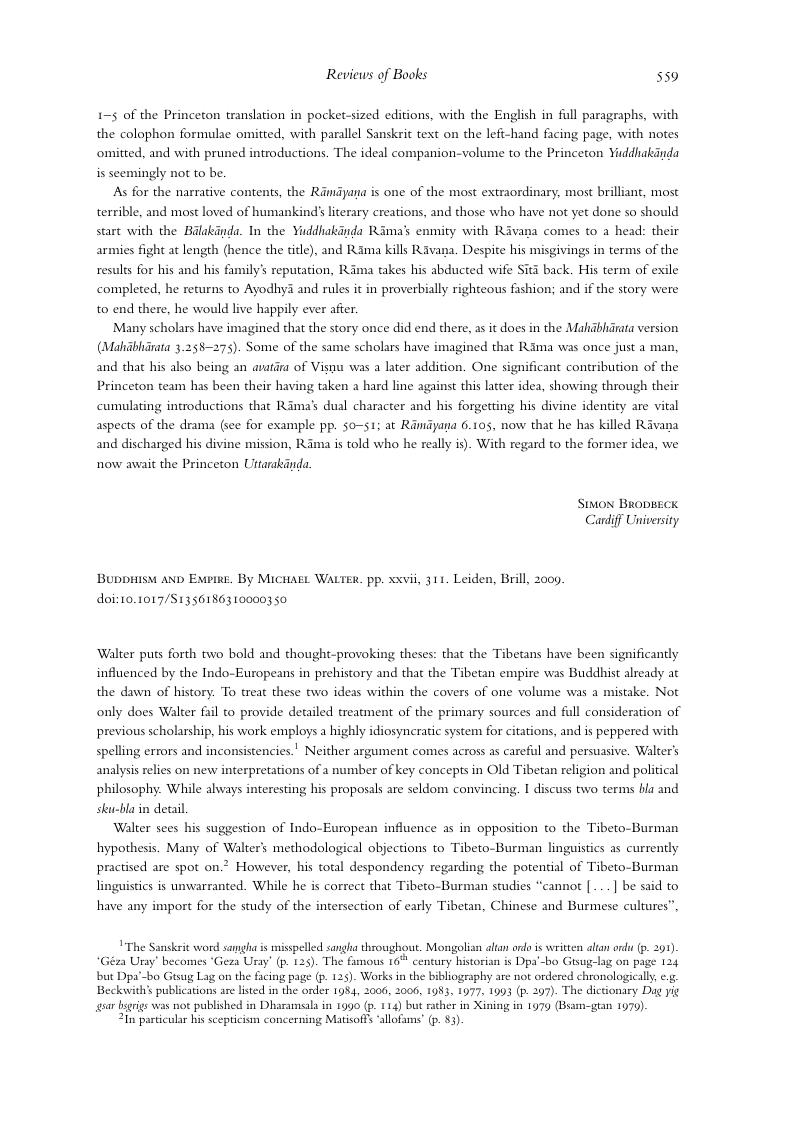Crossref Citations
This article has been cited by the following publications. This list is generated based on data provided by Crossref.
Iwao, Kazushi
2011.
Buddhism and Empire: the Political and Religious Culture of Early Tibet. By Michael L. Walter. Leiden and Boston: Brill, 2009. Pp. xxvii + 311. ISBN 10: 9004175849; 13: 9789004175846..
International Journal of Asian Studies,
Vol. 8,
Issue. 2,
p.
229.



